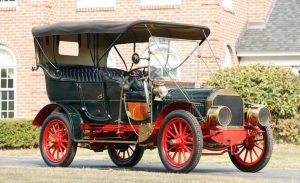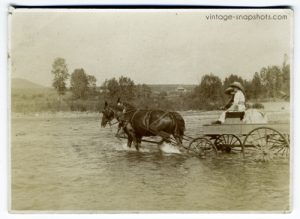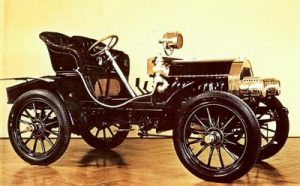On family road trips as a child, my mind would be a hundred years away as I contemplated what it was like to be rattling over the sagebrush in a covered wagon. Once, in a rare moment with my grandmother, she told me that she rode from Missouri to South Dakota in a covered wagon when she was a little girl. My awe amused her. She quickly dashed my romanticized (thanks Hollywood!) image of the event to the rocky ground. Her version included biting flies the likes of which I’ve only seen in horror movies, miserable heat and humidity, and endless hours of unchanging scenery broken up by harrowing river crossings and broken wagon wheels. She remembered the broken wheels vividly because her father expanded her vocabulary during a repair.
Today, as I drive along the (mostly) modern highways of western Colorado, with my air conditioner and i-tunes blasting, I can’t help but think of the hearty folks who clambered over these roads before they were paved. What was it like to trek from Grand Junction to Montrose a hundred years ago? How long did it take to schlep over the magnificent Rocky Mountains that divide the state of Colorado into the eastern and western slopes? Who drove the first cars in this lovely state?
In my book, Season of Forgiveness, I staged a silly – and slightly unnecessary – scene with a race between a motor car and a team of horses pulling a wagon. I chose the Pierce-Arrow motor car for my fictional race for two reasons. First, it was the largest car manufactured at the time, and Emma has a large family. Secondly, the Pierce-Arrow was the most luxurious and expensive automobile manufactured at that time and for many years afterwards.
As the Civil War tore our nation apart, George Pierce began his career by manufacturing ice-boxes, birdcages, and bathtubs. He later built bicycles, which were the hot item of the 1890’s, before becoming an automaker. He built his first Pierce Motorette in 1901 with a single cylinder, 31/2-horsepower, water-cooled deDion engine in the rear, replaced in 1903 by Pierce’s own engine. Some 170 Motorettes were made between 1901 and 1903. Next, there was the Stanhope with its Pierce engine under the driver’s seat.
In 1904, the Great Arrow appeared with a four-cylinder Pierce engine. It used cast aluminum body panels, one of many Pierce-Arrow innovations. Pierce- Arrow used aluminum extensively during its history. The 1904 Great Arrow cost $4,000, making it one of the most expensive cars at the time.
Even with such innovations as the Pierce-Arrow’s cast aluminum body panels and four-cylinder engine, early automobiles struggled with Colorado’s rough mountain terrain and the distances between communities. Fuel for the engines was not always readily available.
It would be another fifteen years or so before automobiles were common place in western Colorado. According to a few of the local old-timers, many western slope ranchers and farmers still preferred their trusty team of horses and wagon well into the 1930’s.
According to the history buffs at the Pierce-Arrow Society, (Pierce-Arrow.org)
Pierce-Arrows were bought by the rich and famous worldwide. The long and impressive list of owners included heads of state, royalty, congressmen, ambassadors, governors, businessmen, entertainers, and as in MY story, lucky gamblers. Pierce-Arrows were part of the White House fleet from the Taft to Roosevelt administration. In 1909, President Taft, the first President to use an automobile for official duties, ordered two Pierce-Arrows, a brougham and a landaulette. The last Presidential Pierce-Arrow was a 1935 model.
Just in case you were wondering, the car in the photo, a 1905 Pierce-Arrow, was sold at auction a few years back for over $200,000. Sadly, the innovative manufacturer that brought this beauty into the world was hit very hard during the Great Depression and is no longer in existence
As I maneuver the well-traveled interstate today, I’ll try not to grumble at the construction delays or the other drivers who are distracted by their cell phones and toddlers in the backseats. Instead, I’ll let my mind wander as I settle into my climate controlled leather seat. I’ll imagine what this drive would have been like in 1904. Would I have been one of the brave and prosperous few to attempt this drive in a Pierce-Arrow? Or would I drive the tried-and-true team of horses and wagon? I’ll imagine the tedium interspersed with danger of the trek across these beautiful mountains that I am blessed to call my home. Sometimes an overactive imagination comes in handy.


